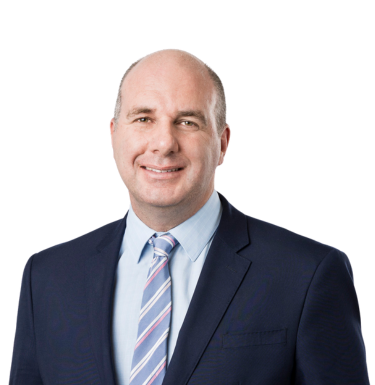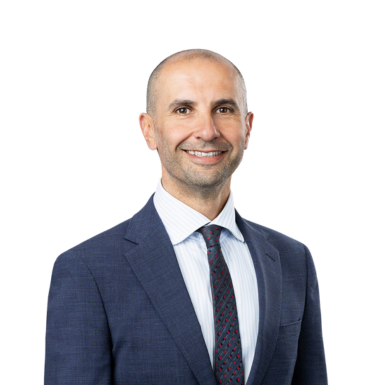Key takeaways:
- A drone is a Remotely Piloted Aircraft (RPA)
- Anyone can own one
- Expanding number of uses, private and commercial
- Complex rules and regulations
This is our second article, in a series of articles on drone use in Australia. The first article provided an overview of drone use and insurance cover. This article focuses on the regulation of drones, in particular, who can own one and who can fly one.
While technical in nature, the information could be used by insurers or those involved with drones privately or commercially.
Officially called a Remotely Piloted Aircraft (RPA) – it is a device with the following characteristics: [1]
- It can fly
- It operates under its own power
- It is controlled (or directed) from the ground; and
- There is no one on board (at least not yet).
There is a wide disparity in size, mission, power plant and sophistication of RPAs. They range from a tiny 20 gram device that can fly for five minutes to far larger devices with longer range, GPS navigation and advanced sensor capability. There are regulatory thresholds at 100 grams or less (a Micro RPA), above 100 g but at or below 2 kg (a Very Small RPA), 2 kg to 25 kg (Small RPA), Medium RPAs (25kg to 150kg) and Large RPAs (more than 150kg). This article will focus on Medium RPAs and below.
Drone uses
Drones can be used for recreation such as video photography – getting a new perspective on your own property, that of your neighbour, recording events such as football matches and bush fires (the last three of these are illegal). Commercially, the uses are endless; drones are being used for patrol of power lines, and in agriculture, movie production, real estate sales promotion and many other industries.
An additional use, presumably for larger drones, is delivery of goods: such as packages to your door or medical supplies to remote or difficult to reach locations.
Who can own one?
Basically anybody with the money to buy one can own one. With the recent exception of the UAE,[2] there appears to be no country that restricts drone ownership. In Australia there are currently no restrictions on age, [3] mental stability or affiliation with a terrorist organisation.
Who can fly one?
It depends on the size and intended use. As is unfortunately customary, CASA has made the rules unnecessarily complicated, to the point where they felt compelled to publish an Advisory Circular [4] with a flow chart reproduced at the end of this article. For “excluded operations” (generally Medium RPAs or smaller and for recreational use) anyone can fly one.
For commercial use a Remote Pilot Certificate and a Remote Operator’s Certificate will be needed.
The relevant rules will be covered in the next article.
The rules
Drones are covered by Part 101 of the Civil Aviation Safety Regulations 1998. The key operating rules are what CASA calls Standard Operating Conditions (SOCs):
The RPA must be operated:
- Using visual line of sight only – it must be close enough for the pilot to see, maintain orientation and achieve accurate flight and tracking. Use of remote sensing goggles (the drone’s camera sending an image to the pilot’s goggles) is not allowed if the drone is out of the pilot’s sight;
- No higher than 400 ft (120 m) above ground level;
- During daytime only – i.e. not before sunrise or after sunset; and
- By a pilot operating only one RPA at a time.
The RPA must not be operated:
- Any closer than 30 m from people not associated with the flight;
- In a prohibited area or restricted area (areas such as military installations or prisons);
- Over populous areas (this can even be where one person not involved in the operation is standing), basically if the drone fails and falls there must not be any risk of injuring someone;
- Within 3 NM (5.5 KM) of the movement area of a controlled aerodrome – one with an operating control tower; or
- In the area of a public safety operation (where emergency crews are responding such as bush fires or traffic accidents) without the approval of a person in charge of the operation.
Future rules
CASA is planning to implement a registration requirement for drones, as has the United States, but the final rule has yet to be published.
The next article in the series will cover licensing requirements for commercial use.
This article was written by Lawyer, Rosemary Blanden, in consultation with Peter Axelrod. If you would like details on the implications of this technology on your business, please contact Principals Robert Minc and David Randazzo.
[1] Section 3, Civil Aviation Act 1988 (Cth) defines an aircraft as: “any machine or craft that can derive support in the atmosphere from the reactions of the air, other than the reactions of the air against the earth’s surface.”
[2] Sale of drones was apparently banned in UAE from March 2015, and existing owners were required to register them with the government. This arose from concerns about drones operating near the airport in Dubai.
[3] In the USA, the Federal Aviation Administration requires pilots of RPAs to be at least 16 years old for drone commercial use. 14 CFR 107.61(a)
[4] AC 101-01 v 2.1 (July 2018)




 Meet our Team
Meet our Team View our Insights
View our Insights